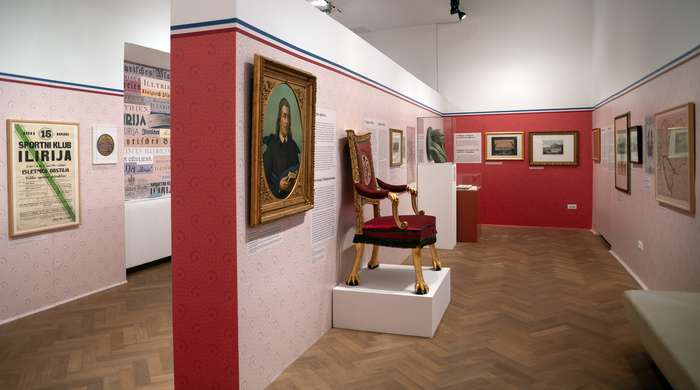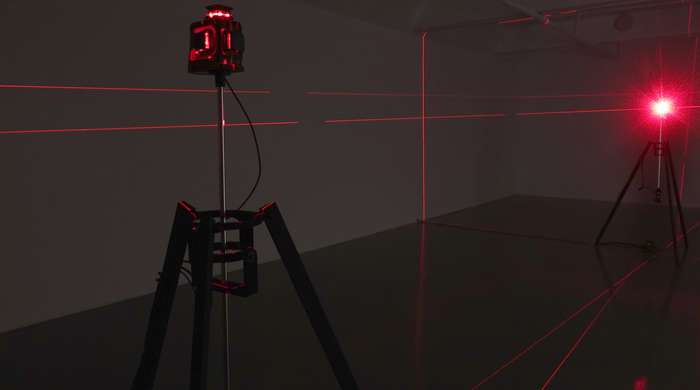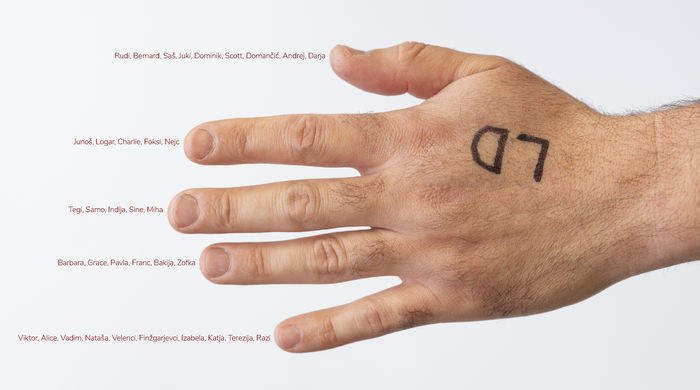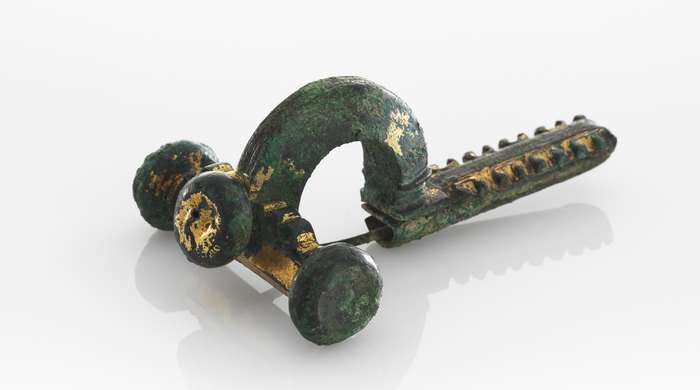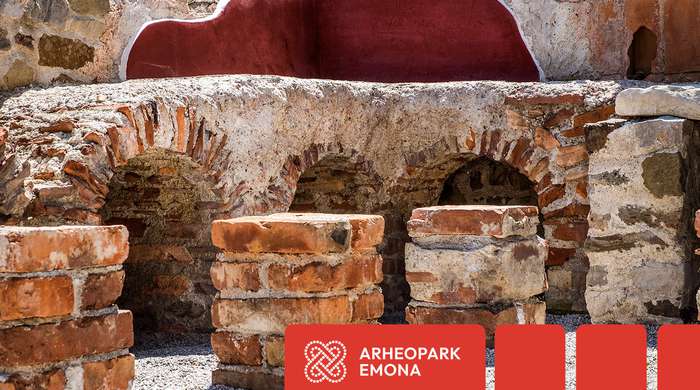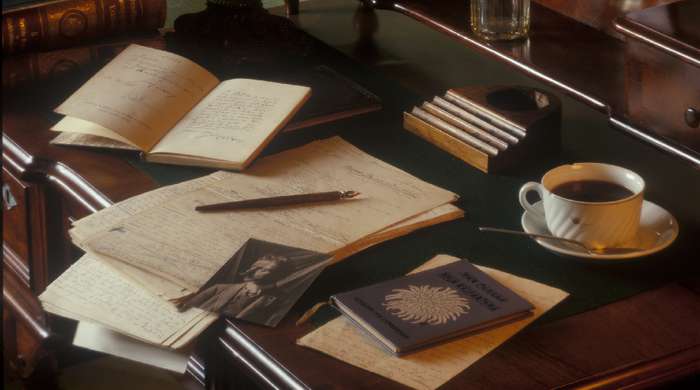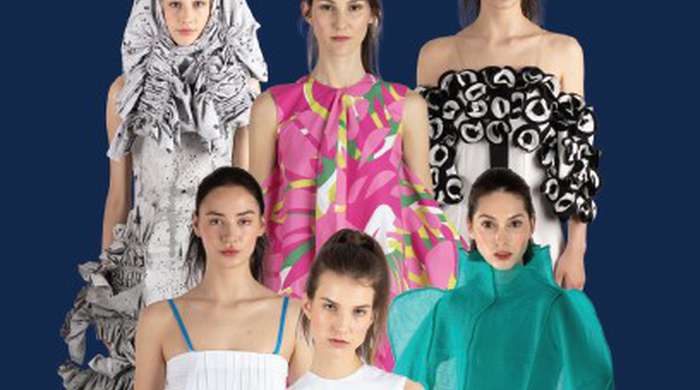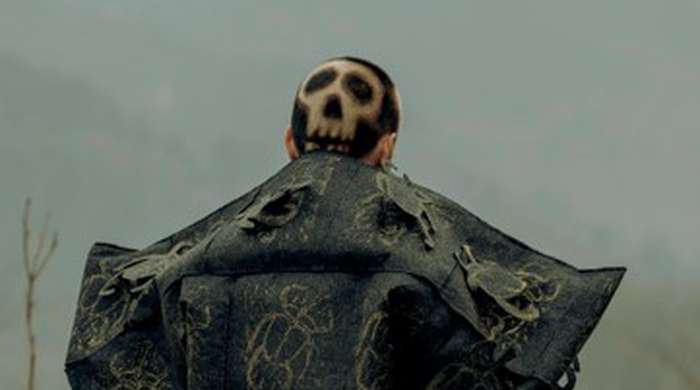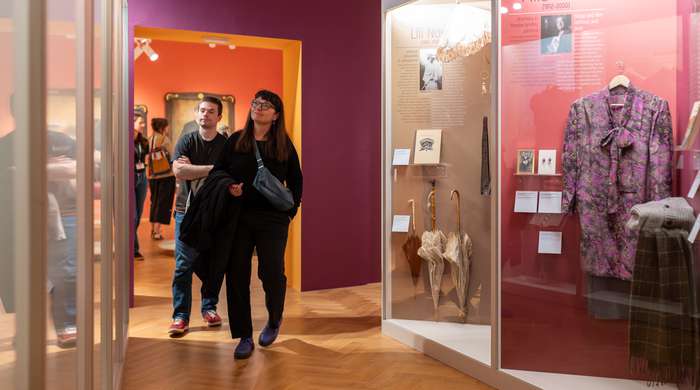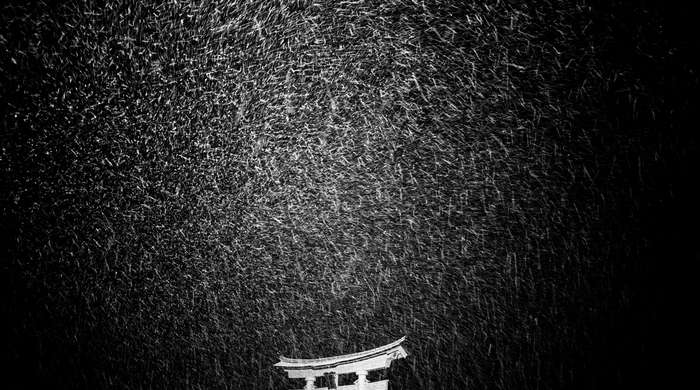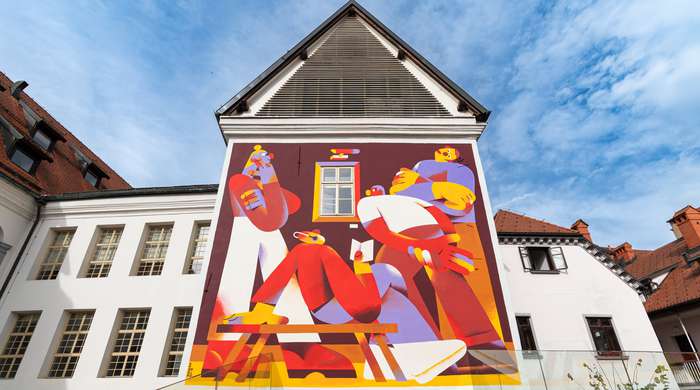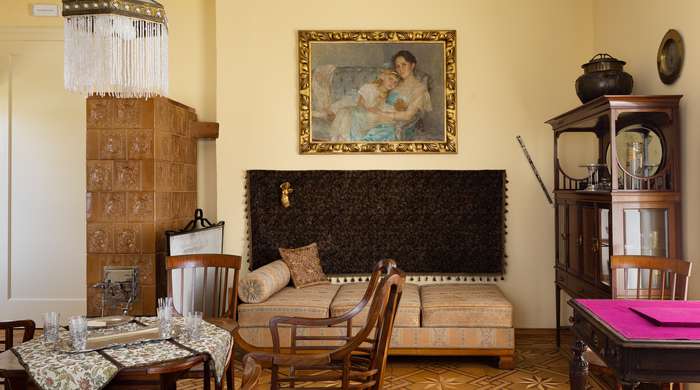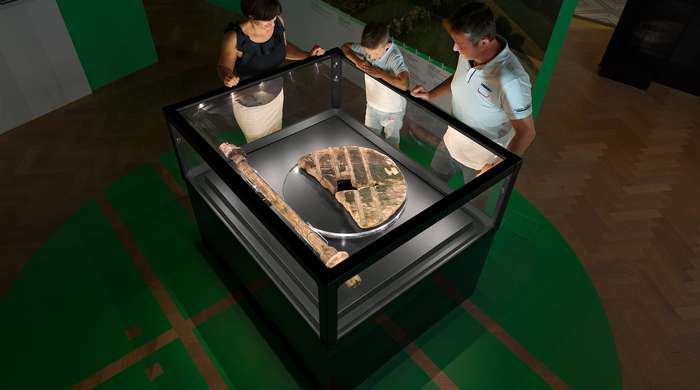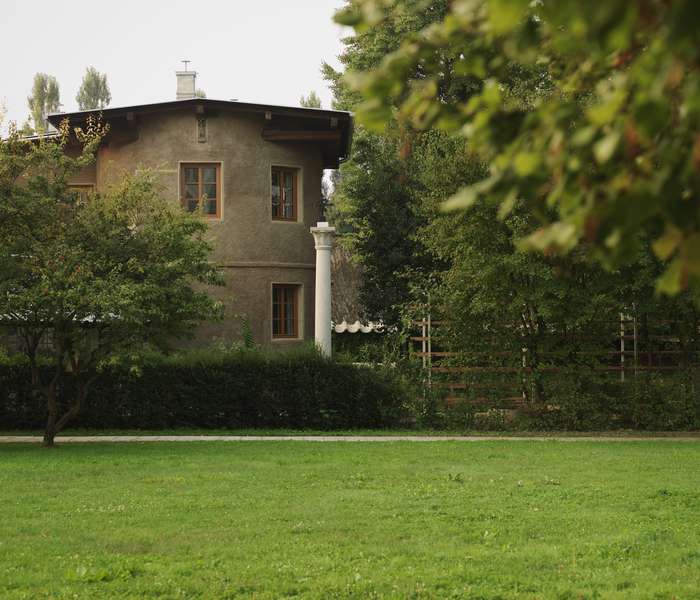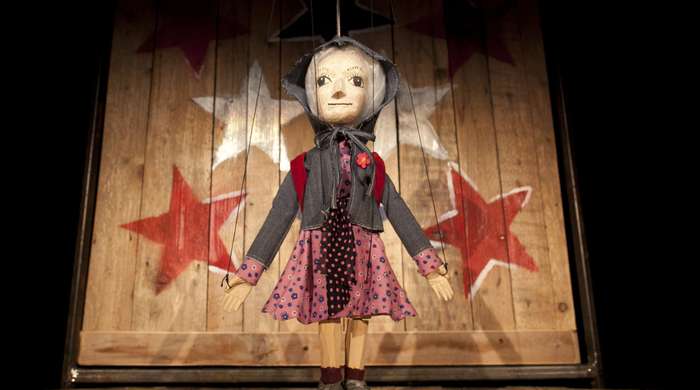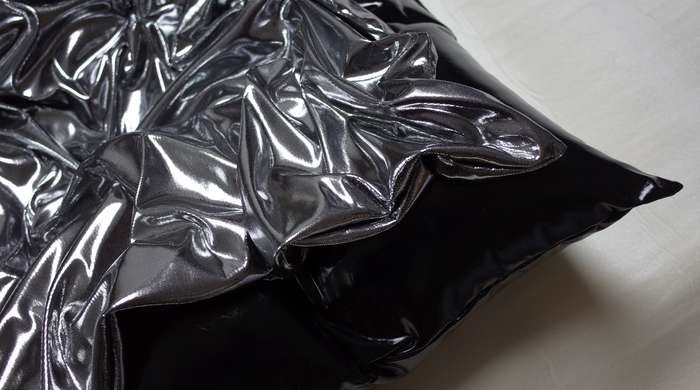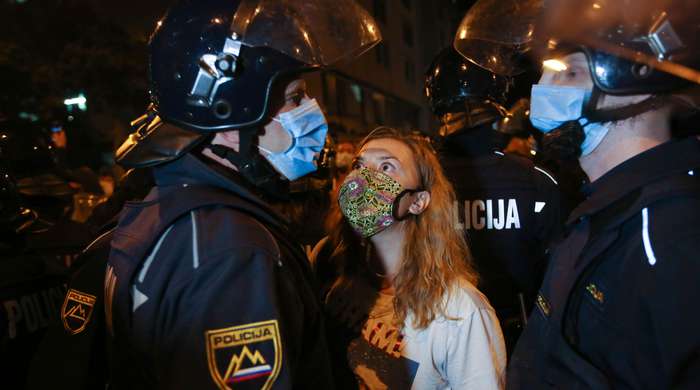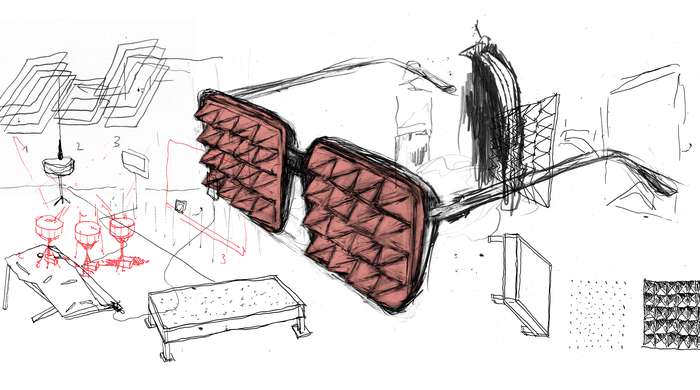Exhibitions
Saša Dev, Plečnik's student and an architect of the interwar Maribor, was one of the co-creators of modernist architecture in Slovenia. His architectural works remain relevant today, as he would do more than just follow contemporary trends as a young architect but rather surpass them by several decades in the context of the relationship towards urban fabric.
In 1897, a cycling club in Ljubljana was named after Ilirija (Illyria), in 1904 a street, in 1911 a football club, somewhere in the years before WWI, a chemical products factory, and finally in 1929, Ilirija got its own monument.
This year, the Lighting Guerrilla officially entered the age of adulthood - with the 18th edition of the festival, dedicated to the artistic exploration of the medium of light and considered to be a unique manifestation of this type in the local area. This year’s Lighting Guerrilla topic is Transformations; works selected thematise and reflect on different aspects of change and transformation that we are witnessing in our environment or in our lives.
Mladen Stropnik’s exhibition project addresses questions of dynamics and perception of various realities in our daily lives. Not only those we are aware of but also all those that can be found beyond the logical and the conscious, in the realms of the strange, impossible, alien, different, including unconsciousness and dreams.
Kako so si Emončani zapenjali obleke, ko še niso poznali gumbov?
A special place in Ljubljana's history is reserved for Roman Emona, the traces of which have been preserved in the very centre of the city.
Welcome to a trail tracing the 2000-year-old heritage of Emona. A walk through modern Ljubljana can take you further than you think! It takes you to the time of Emona, a city brimming with life between the first century and early sixth century.
Ivan Cankar, a Slovenian author, playwright and essayist born in 1876 in Vrhnika, spent a few years of his life in Ljubljana. Having returned from Vienna to Ljubljana, he established himself on Rožnik Hill which today forms part of the Tivoli, Rožnik and Šišenski hrib landscape park.
The central theme of the final assignment was Challenge: Tomorrow’s Yesterday, developed in collaboration with the City Museum of Ljubljana. Each student set off on a journey exploring paintings, portraits and objects exhibited in the museum. Next, they immersed into the theme and searched for inspiration, which culminated in the prodigious diversity of collections thus developed.
In developing their design concept, 1st and 2nd year students in the Faculty of Design’s Fashion and Textiles track drew on the City Museum of Ljubljana’s permanent collection.
Join us on a journey through time with an exhibition on significant changes in the world of clothing. The exhibition will open the doors to the world of dressing as a distinct form of communication, revealing societal shifts and individual milestones that influenced the decisions of our ancestors on how to dress.
The Jakopič Gallery presents the largest ever mid-career retrospective exhibition of Klavdij Sluban, one of the world's most renowned photographers of Slovenian origin. For the exhibition Elsewhere Here the artist and the curator Dr Marija Skočir, have conceived a completely new selection of cycles that present the highlights of more than three decades of Sluban's work in more than 150 photographs. The exhibition is accompanied by an extensive photomontograph, which is also available as a special edition.
A tribute to the museum as a place of encounter and dialogue.
Listen to the story of Ljubljana Mayor Ivan Hribar in Villa Zlatica.
How well do you know the rich history of Slovenian capital? Pile-dwellers, Emona, Middle and New Ages, the 20th and 21st centuries… what is the history of Ljubljana? Get to know Ljubljana's past - see the chronological presentation of Ljubljana’s millennia of heritage with precious authentic artefacts, like the world's oldest wooden wheel with an axle!
“A tower, a mule, me and the garden” – that is how Jože Plečnik imagined his life when he didn’t know yet that after Vienna and Prague his native Ljubljana would be his lifetime’s environment for his creative work.
This year the exhibition comprises sketches, puppets and stage designs by Robert Smolík, who created the puppets and designs for the following puppet shows: Frane Milčinski – Ježek: The Little Sleepy Star, Svetlana Makarovič: The Mishmash Bakery, Brothers Grimm: The Wishing-Table.
The exhibition Differences will display sculptural works by contemporary Slovenian academic sculptors, who are diverse both in their artistic poetics and in the use of materials for their artistic expressions, which reflects in their artworks.
From the end of September, we are putting on display a group photography exhibition Our Claim: Slovenian Protest Photography 2020-2022, which aims to compile and present a photographic record of the period from March 2020 to April 2022, marked by the covid-19 pandemic and the protests and demonstrations in Ljubljana and other places around Slovenia.
From the end of September at the Match Gallery we will be presenting Matej Stupica (1987), an academic painter, working in various fields of contemporary art and theatre. Our exhibition space will become a production space for new works and a thematically tailored solo exhibition of Stupica's research into the expanded meaning of drawing and installation in relation to the use of sound.
O prostorih za združevanje, podporo in organizirano zagovorništvo gibanja LGBT, ki že 40 let sooblikujejo urbano kulturo in družabno življenje prestolnice.
Tomaž Furlan is an established sculptor and intermedia artist. He has been active in the Slovenian and international art scene for over two decades. Hitherto he has not had a comprehensive presentation of his work, and thus the City Art Gallery Ljubljana will showcase his versatile artistic oeuvre for the first time in one place.
John Fekner is considered one of the most "famous unfamous" artists working in New York in the late 1970s and 1980s. He set his urban poetry to music, then transformed the words into stark public phrases, which, in journalistic typography, flooded like graffiti onto the buildings of a decaying metropolis that was beginning to be swallowed up by gentrification. He was part of the vibrant New York art scene of the time, exhibiting alongside Keith Haring, David Wojnarowicz, Jenny Holzer and others, and as one of the first Space Invaders, in tandem with Don Leicht, he took over the Bronx with the distinctive motifs of the computer game of the same name.

